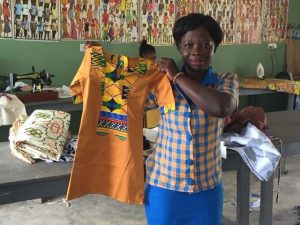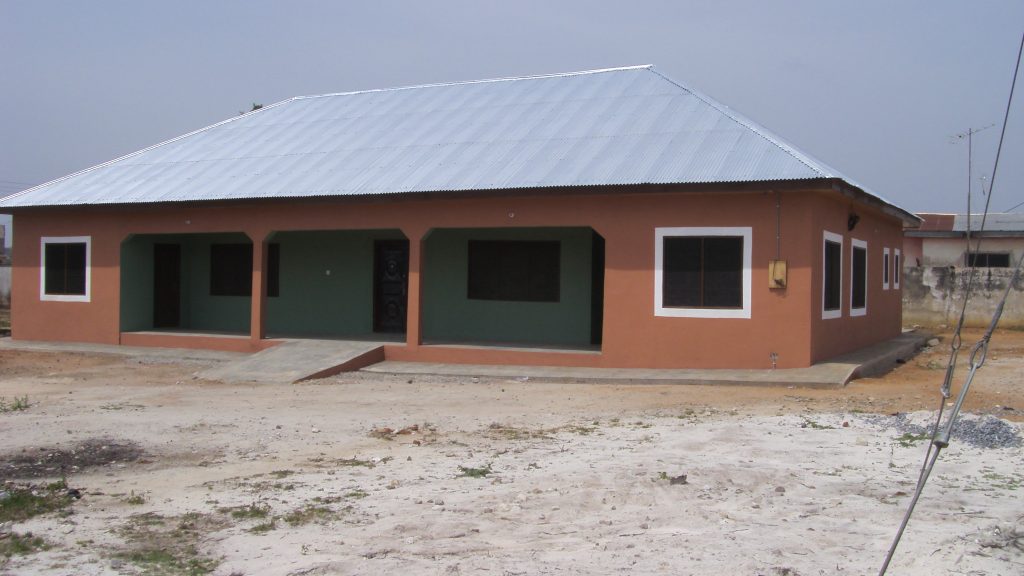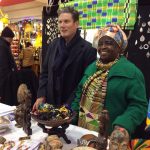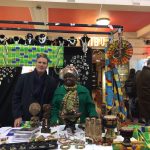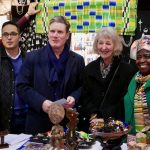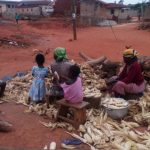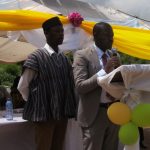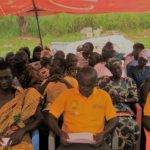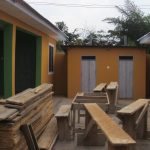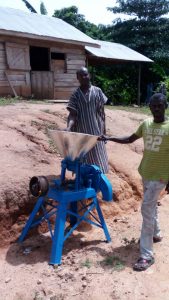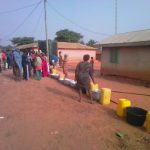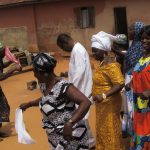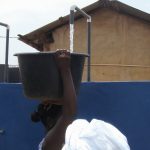Dave & Kathy visited our dress-making school at Gyetiase earlier this month. Everybody was working hard and there was a happy atmosphere, with the apprentices showing great respect for their teacher and trainer, Kofi. Many of them are single parents, and some left JHS prematurely, which makes it very important for them to gain accreditation.
Kofi takes ten women, aged between 18 and 30 for a three year training. During that time they learn to design and make shirts, trousers and shorts for men, dresses and blouses for women, and school uniforms.
Apprentices routinely arrive at 7.30am for an 8am start. They use electric machines (from John Lewis!) but during power cuts they have recourse to hard-operated sewing machines. They use traditional Ashanti cloth from the local markets to make commissioned garments.
They have an ambitious motto: ‘Clothing for Africa and Beyond,’ and many Ashanti volunteers take the opportunity to have clothes made for them.

